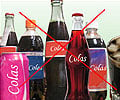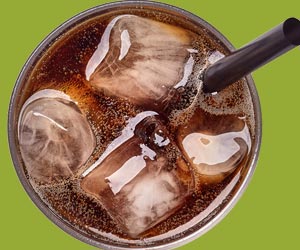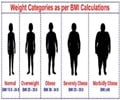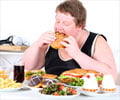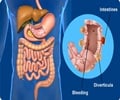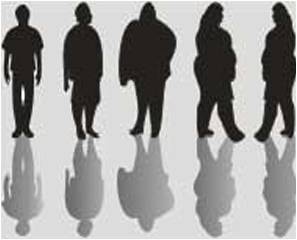Soft drink taxes implemented in the UK have been linked to a decrease in obesity among girls.
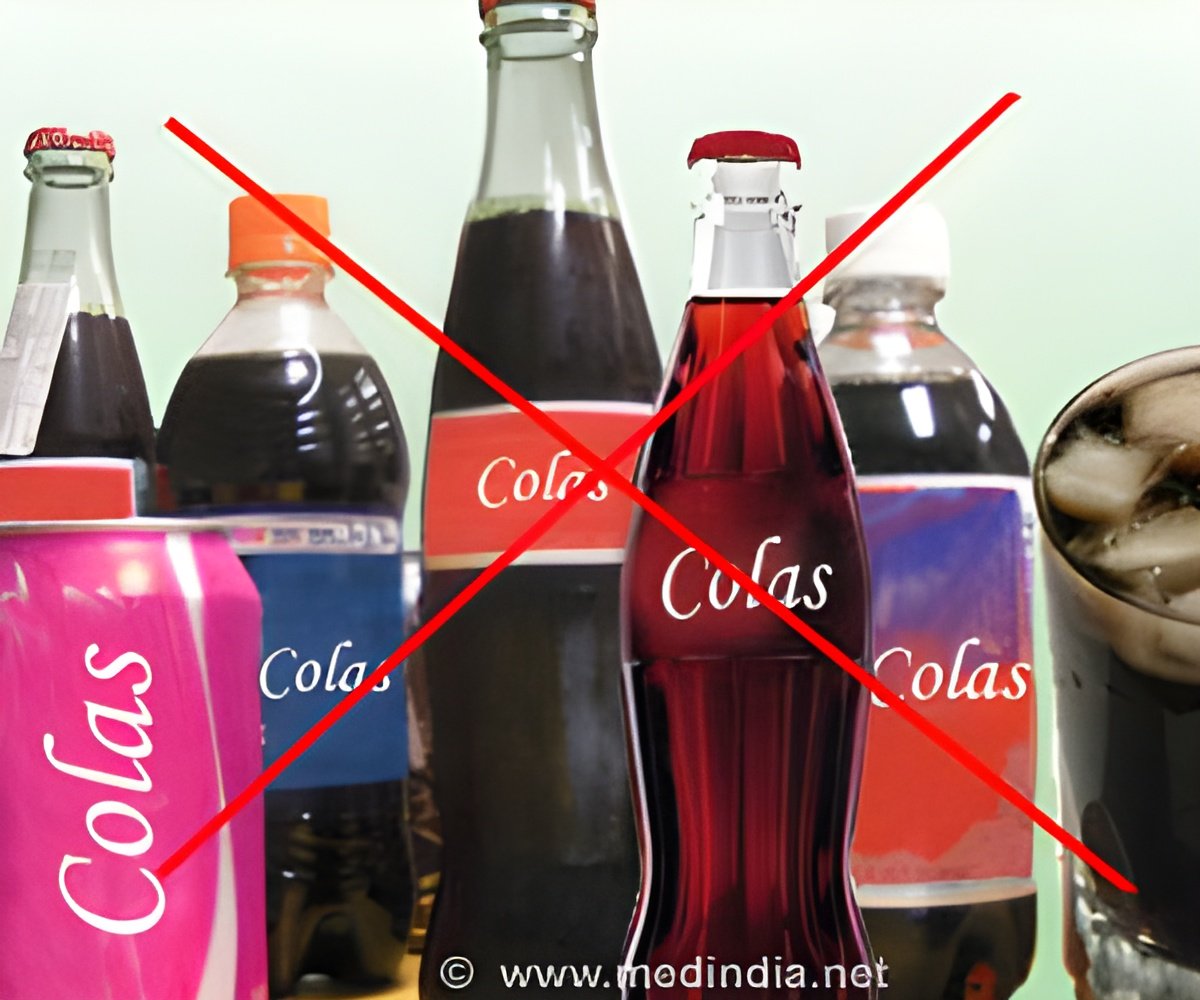
Sweet Solution to Childhood Obesity
Childhood obesity rates in England have risen in recent decades, with around 10% of 4-5-year-old children and 20% of 10-11-year-old children living with obesity in 2020.‘Study tracking childhood obesity in England from 2014-2020 found an 8% reduction in obesity among 10-11-year-old girls coinciding with the 2018 soft drinks industry levy.
’





There is strong evidence that the consumption of sugar-sweetened beverages increases the risk of obesity and other serious diseases. In April 2018, the UK soft drinks industry levy (SDIL) went into effect to incentivize soft drink makers to reduce the sugar content of drinks.In the new study, researchers used annual repeat cross-sectional data on more than one million children in state-maintained English primary schools. Students aged 4-5 and 10-11 were followed over time between September 2013 and November 2019.
The researchers compared the obesity levels 19 months following the SDIL with predicted obesity levels had the SDIL not happened, controlling for each child’s sex and the level of deprivation of their school area.
Fighting Obesity in the UK
In 10-11-year-old girls, there was an absolute reduction in the obesity rate of 1.6 percentage points (95% CI 1.1-2.1), which equates to an 8% relative reduction in obesity rates. The greatest reductions were seen in girls in the most deprived quintiles, with an absolute reduction of 2.4 percentage points (95% CI 1.6-3.2) in obesity prevalence in the most deprived quintile.In 10-11-year-old boys, there was no overall change in obesity rates, and no obvious pattern of changes in relation to deprivation, though a 1.6% (95% CI 0.7-2.5) absolute increase in obesity rate was observed in the least deprived quintile (equivalent to a 10.1% relative increase). In younger children, no overall associations were found between the SDIL and obesity levels.
Advertisement
Rogers adds, “We’ve shown for the first time that the UK Soft drink industry levy is likely to have helped prevent thousands of children becoming obese each year.”
Advertisement
Source-Eurekalert

